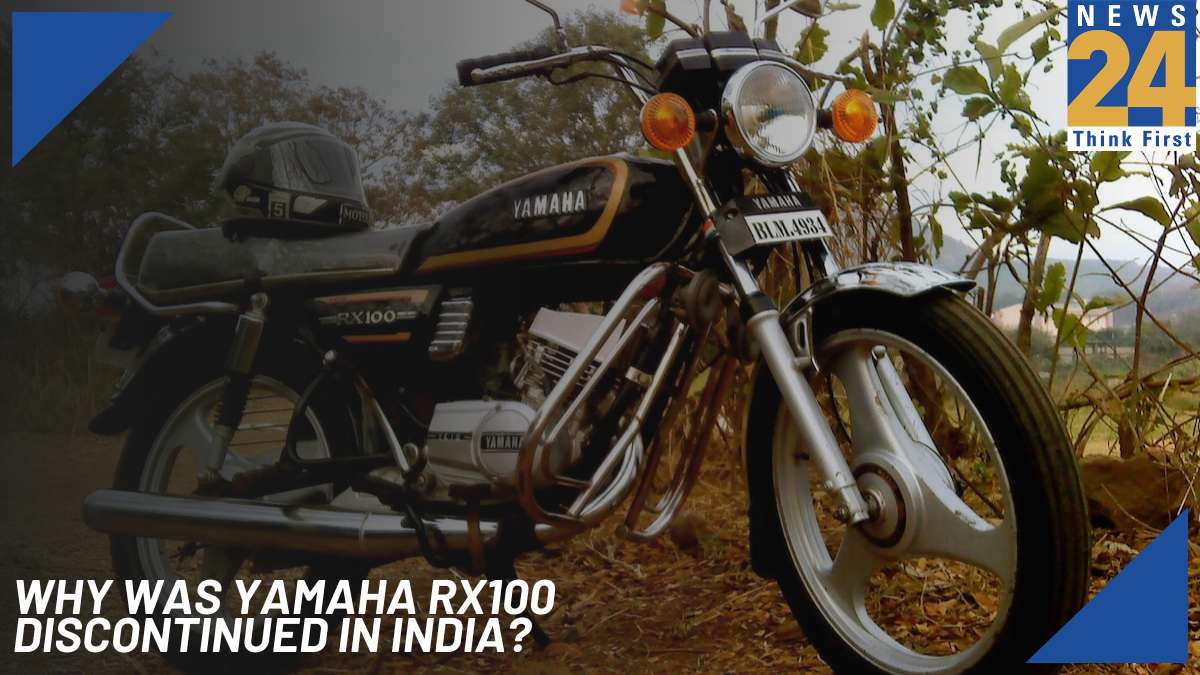Yamaha RX100, the legendary motorcycle from the 80s and 90s, still gives us nostalgia. During its production years from 1985 to 1996, the iconic motorcycle gained immense popularity. But unfortunately, it was discontinued in India. The changes in emission regulations and market demands led to its discontinuation and eventual absence from the market.
The Government of India introduced stricter emission norms known as Bharat Stage (BS) standards in the late 90s, The Yamaha RX100 failed to meet these norms being an older motorcycle with a two-stroke engine.
Two-stroke vs four-stroke
Two-stroke engines typically emit more pollutants compared to four-stroke motors. Stricter emission norms posed a challenge for Yamaha to continue the production of RX100. In order to meet the regulations, RX100 would have required certain modifications, which would have been complex and potentially impractical.
Change in market trends
Additionally, given the rising fuel cost and growing concerns about the environment, consumers started preferring eco-friendly and fuel-efficient motorcycles. For this reason, manufacturers shifted their focus towards producing motorcycles to meet the changing market needs.
Therefore, rather than investing in modifications to meet the stricter emission norms and changing consumer needs, Yamaha made a tough decision to discontinue the RX100 model in India. The RX100 is still a beloved classic for many motorcycle enthusiasts in India, but these factors forced its exit from production.
Will Yamaha RX100 return?
Two-stroke engines complete the combustion cycle in half the piston strokes compared to four-stroke engines. The sale of motorcycles with two-stroke engines is now banned by the government. This would require Yamaha to consider a four-stroke engine if it considers reviving the RX100.
However, it could be challenging to replicate the quick-revving nature of its predecessor. In order to achieve a similar level of performance, the engine would need to be more intricate and get an increase in displacement as well.
All these complex modifications would result in a cost increase, thereby landing the motorcycle into a bigger engine capacity segment in terms of pricing. Considering the fact that one of the USPs of the RX100 was value for money, this wouldn’t be a sound decision.
What if the Yamaha RX100 returns?
Even if Yamaha manages to revive and bring back the RX100 as a premium motorcycle, buyers who prefer performance might rather opt for bikes with bigger engines in the same price range, given the options available in the market today.
Reviving the RX100 would also require modernising the telescopic front forks and twin rear shock absorbers as the classic setup would feel outdated for a performance motorcycle.
Additionally, the implementation of Combined Braking System (CBS) for two-wheelers with an engine capacity of less than 125cc would increase the cost further. Though it is possible to retain the spoke wheels to carry on its retro charm, the tubed tires it would bring might not be convenient in case of punctures.
Also Read: Yamaha TMAX 560: Things To Know About The Sport Maxi-Scooter













